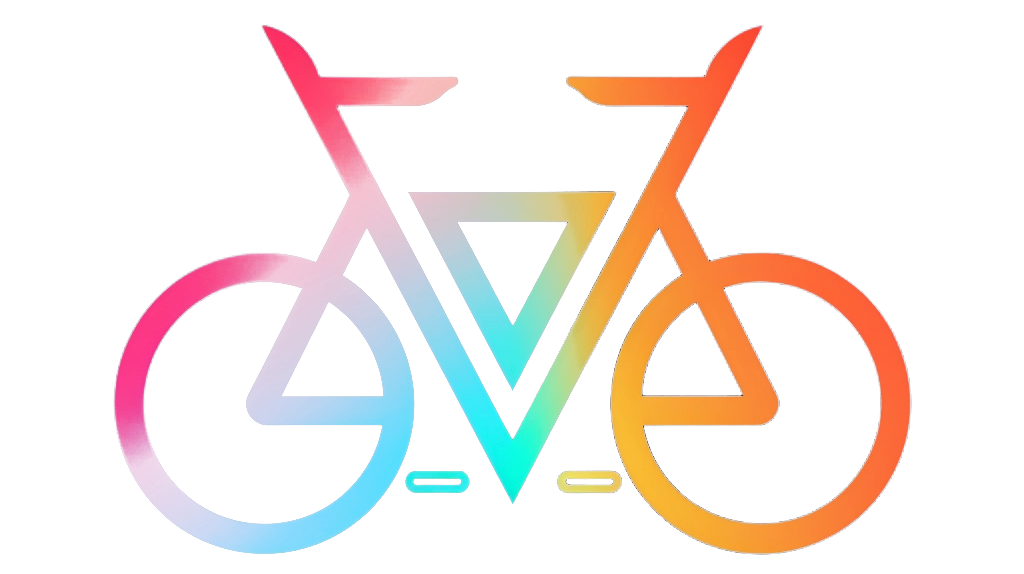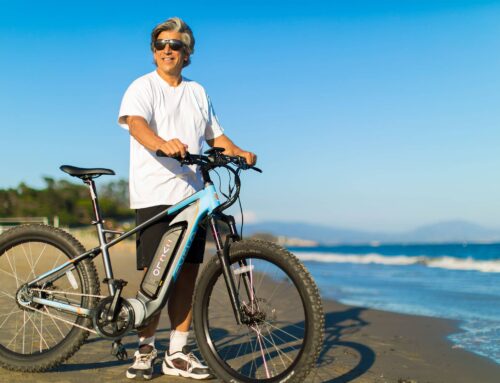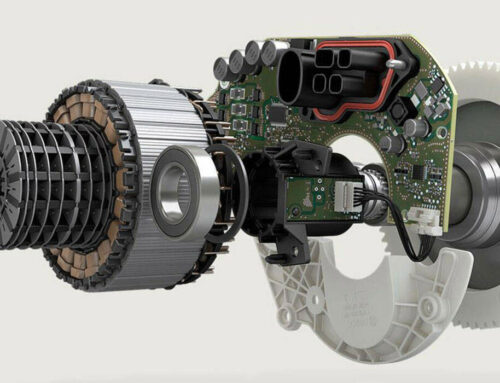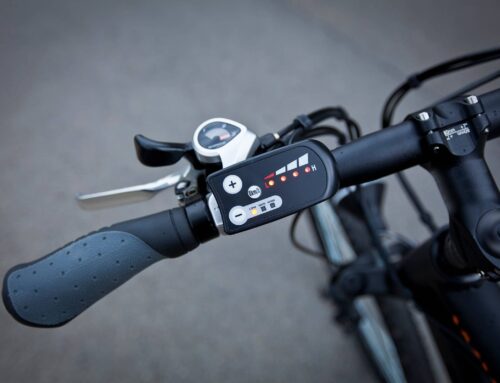Faulty eBike Controller: How to Know if Yours Is Bad
Are you an eBike enthusiast looking for answers about your eBike controller? If so, you’ve come to the right place! In this article, we’ll provide the information you need to assess whether or not your eBike controller is in working order. We’ll explain how eBike controllers work and what signs indicate a bad controller. With this knowledge, you’ll be able to make an informed decision about your specific situation.
Before diving into the topic, let’s take a closer look at the components that make up an eBike controller. An eBike controller is a device that regulates power delivery from the battery to the motor, allowing riders to control their speed and acceleration. It comprises several parts, including a throttle, a motor control unit (MCU), and power electronics. These parts work together to ensure the safe and efficient operation of your electric bike.
Now that we understand what makes up an eBike controller let’s explore how it can tell us if something is wrong. We’ll discuss common symptoms of a bad controller, such as decreased performance or erratic behavior, as well as other signs like unusual noises or smells coming from the bike when it’s powered on. You’ll also learn how to troubleshoot issues with your own eBike using simple diagnostic tools and techniques.
Symptoms Of A Bad Controller
A bad eBike controller can be identified by several symptoms. The most common symptom is a lack of power when the throttle is engaged. If the bike runs but does not respond to the throttle, this can indicate a faulty controller. Another symptom of a bad controller is an intermittent response when the throttle is engaged. This occurs when only part of the acceleration is provided at a time, making it difficult to reach top speeds. Additionally, if your bike suddenly stops running while in motion, this could indicate that your controller has gone bad. Finally, notice any unusual noises from your motor or components? This could be another sign that something is wrong with the controller. These symptoms all suggest that further troubleshooting should be done to confirm and diagnose the issue.
Troubleshooting Tips
If you suspect that your eBike controller may be bad, there are a few troubleshooting tips you can try to help diagnose the issue. Firstly, check the power supply connections and make sure they are secure. There should also be no visible signs of wear or damage on any wiring or cables. Secondly, inspect the controller’s case for cracks and other signs of damage. If all connections and components appear to be in working order, then you should move on to testing the controller.
Next, you’ll need to test the functionality of the controller by connecting it to an appropriate power source and checking its output voltage. Ensure that the voltage is within specifications before continuing with further tests. Finally, check the speed settings on your bike and make sure that they are appropriate for your needs. If everything checks out, then your eBike controller is likely working properly.
Testing The Controller
To test your eBike controller:
- Start by checking all the connections to ensure they are secure.
- Look for any loose wires and reconnect as necessary.
- Check the power cables to make sure they are properly connected to the battery pack and the controller.
Once you have verified that all connections are secure, move on to testing the controller’s functionality. Start by powering on your bike and setting it in motion. If your bike does not move or lacks power, this could indicate a problem with your controller. You can also check if an error code is displayed on your bike’s control panel or LCD screen; this will give you some indication as to what type of issue may be present.
If either of these tests reveals that there is indeed a problem with your eBike’s controller, then it’s time to consider replacement options.
Replacement Options
Replacing a bad eBike controller can be a nightmare. You sit there shaking and sweating, asking yourself, “How will I ever find a compatible replacement?” The good news is that there are plenty of options out there.
First, you can replace your eBike controller with one from the same manufacturer. This ensures compatibility and usually offers a warranty as well. It’s also typically the easiest route to take since you don’t have to worry about any additional wiring or setup. However, this could be a costly option depending on the brand and model of your eBike.
Another option is to use aftermarket controllers. These are often cheaper than the original manufacturers’ controllers, so they’re perfect if you’re looking to save money. They can also provide more power than OEM controllers, making them great for those who want more performance out of their ride. However, remember that installation may require some technical know-how, so it’s important to ensure you understand what you’re getting into before making a purchase.
It’s ultimately up to you to decide which replacement option is best for your needs and budget. With the right information, finding the perfect eBike controller replacement doesn’t have to be overwhelming – it can actually be quite simple!
Conclusion: So, How do I know if my eBike controller is bad?
If your eBike controller is bad, you may experience a lack of power when attempting to ride or increased resistance when pedaling. You may also experience sudden jerks or unexpected stops during your ride. If you notice any of these symptoms, it is best to take your eBike to a qualified mechanic for diagnosis and repair.
The eBike controller is a crucial part of the electric bike and, therefore, must be appropriately maintained. When it begins to malfunction, it can cause a lot of headaches. Knowing how to spot the signs of a bad controller and how to troubleshoot it can save you time and money.
We’ve discussed some of the key warning signs that indicate a problem with your electric bike’s controller, as well as some helpful tips on how to troubleshoot it. Testing your controller is an important step to ensure that all components are functioning correctly and that any problems can be identified quickly.
Ultimately, having a bad eBike controller means you’ll need to replace it in order to get back on the road safely and efficiently. Taking into account all of the factors involved in replacing your controller – from price point to compatibility – will help ensure you get the right part for your bike. By taking these steps, you’ll be able to restore your eBike’s performance and extend its lifespan so you can continue enjoying all your cycling adventures with confidence!




